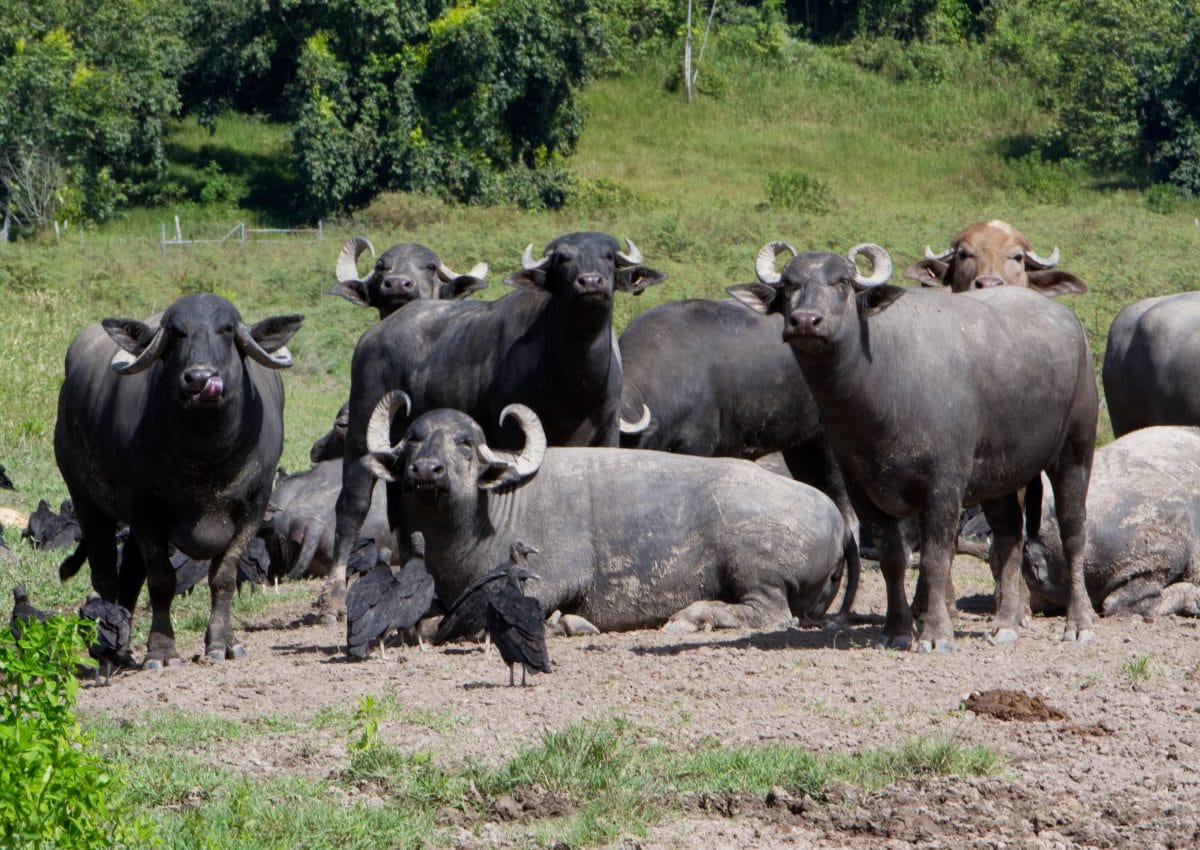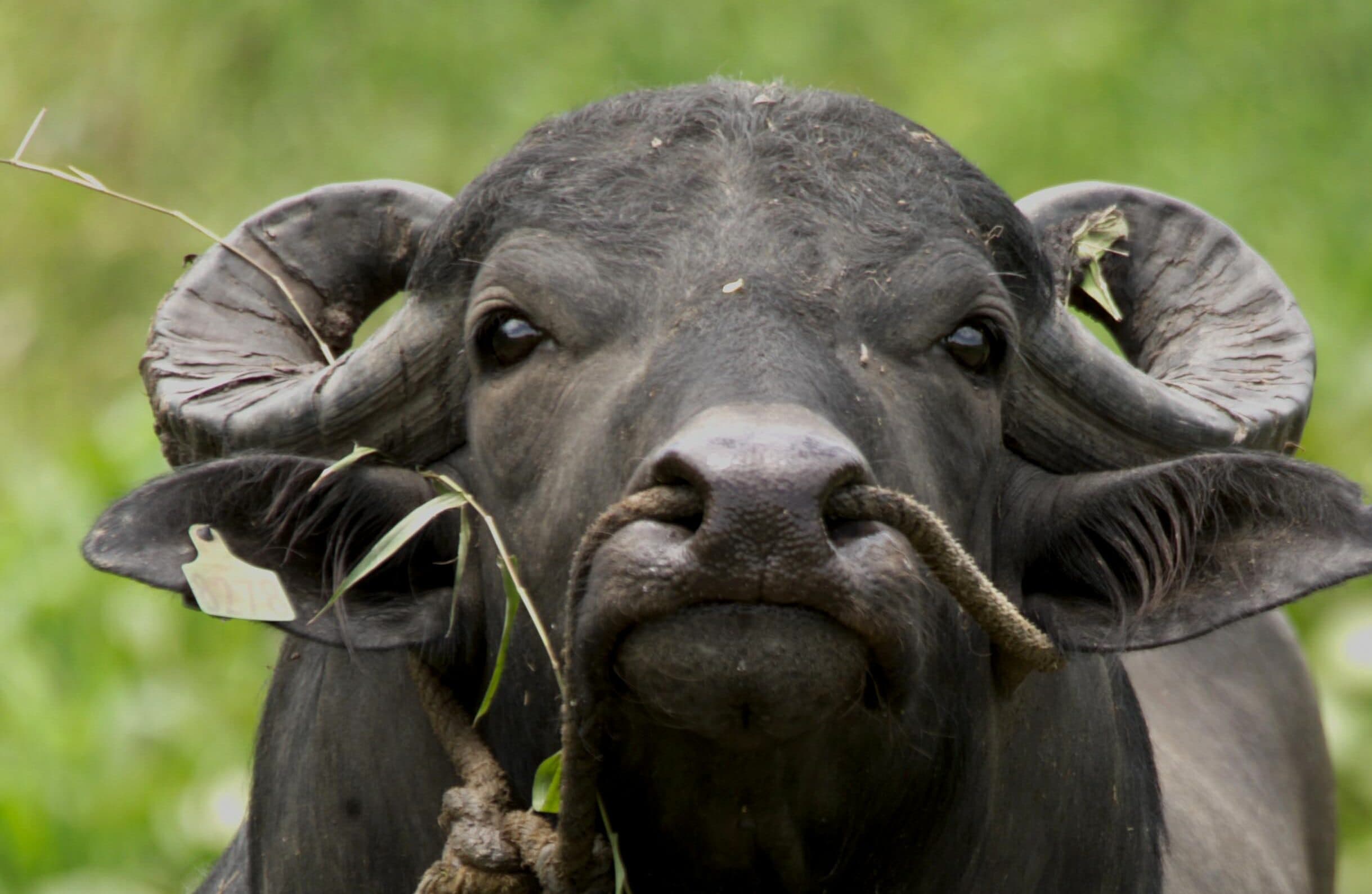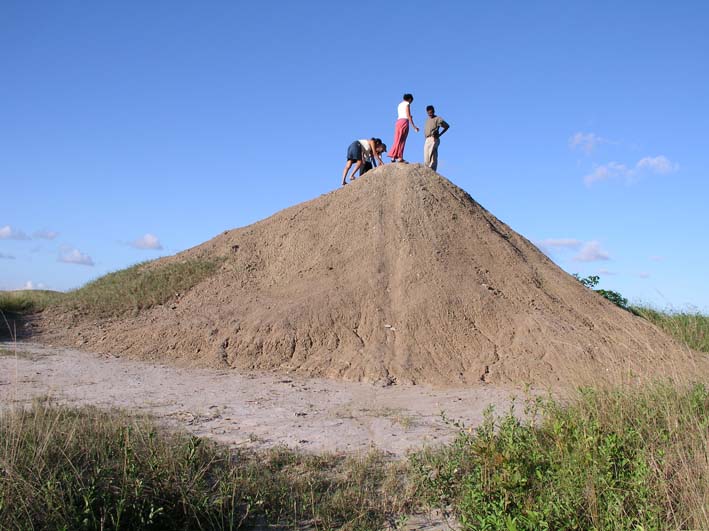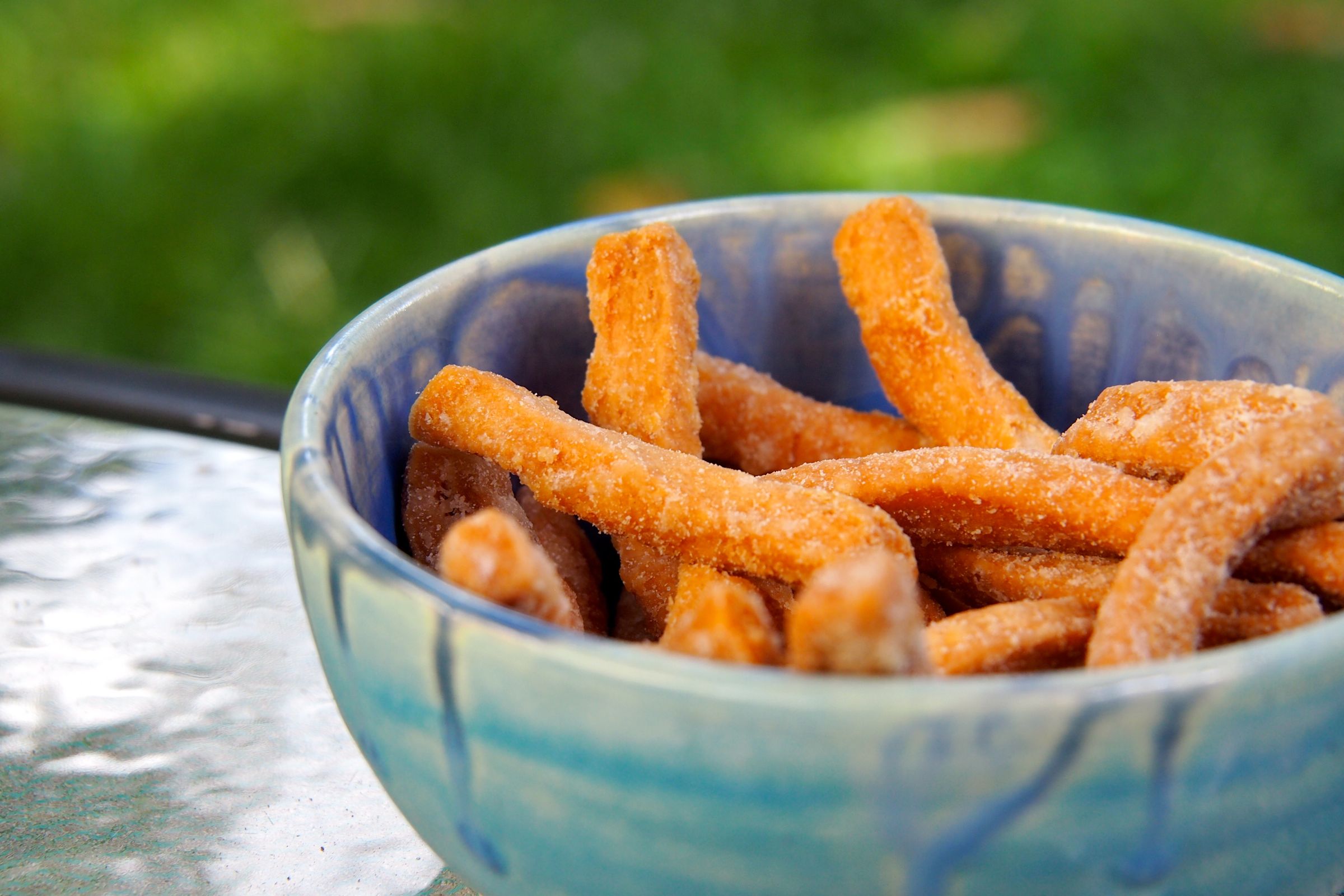Meet The Buffalypso, A Beast of Burden That’s Truly Trini to de Bone
Many of the best, most endearing things about the Caribbean originated in Trinidad. Steelpans and Calypso music. Limbo, roti, the asphalt that you drive on everyday. Carib beer, my ancestral Bennett family – Trinidad is the birthplace of them all. It is another Bennett, though (another Stephen Bennett, no less), who we have to thank for this handsome Trini. His name: Buffalypso.
The name is a mashup of “buffalo” and “calypso.” The latter, of course, denotes the fact that these beautiful creatures could only hail from Trinidad.
Buffalypsoes were developed in the early 1960s by Dr. Stephen Bennett, a pioneer of the veterinary sciences born in Princes Town in 1922.
Dr. Bennett’s Formative Farm Years
Dr. Bennett grew up the son of an ex-jockey, trainer, and dairy farmer. As such, he was very familiar with issues of disease among work animals introduced to Trinidad over the years.
Tops on the list: the Indian water buffalo. An unreliable staple of Trinidad’s sugar plantations, water buffalo were very susceptible to tuberculosis.

After studying veterinary medicine overseas, Doctor Bennett retuned to Trinidad in 1948. In short order, he became known as a leading expert in the care of cattle, horses, mules, dogs, and cats.
It was his work developing the Buffalypso, though, that made Dr. Bennett a legend.
Birthing the Buffalypso
Employing selective breeding techniques among the hardiest of Indian water buffalo, Dr. Bennett’s Buffalypso (Bubalis bubalis) would prove to be one of the most disease-resistant beasts of burden in the world. It is the exceptionally thick, virtually parasite-proof skin of the Buffalypso that makes it unique.
Some of the world’s finest leather goods are also made from that same tough skin. Belts, shoes, handbags, etc.
Many say that Buffalypso meat and milk are also exceptional. Personally, I’ve yet to enjoy a taste. It is, however, definitely on my list for next trip to Trinidad.
A Trinidad escape, though, isn’t necessary to get acquainted with these handsome devils.
Buffalypsoes are, in fact, exported to other parts of the world. Look for them in Argentina, Brazil, Venezuela, Colombia, Italy, Cuba, Costa Rica, and even the United States.



